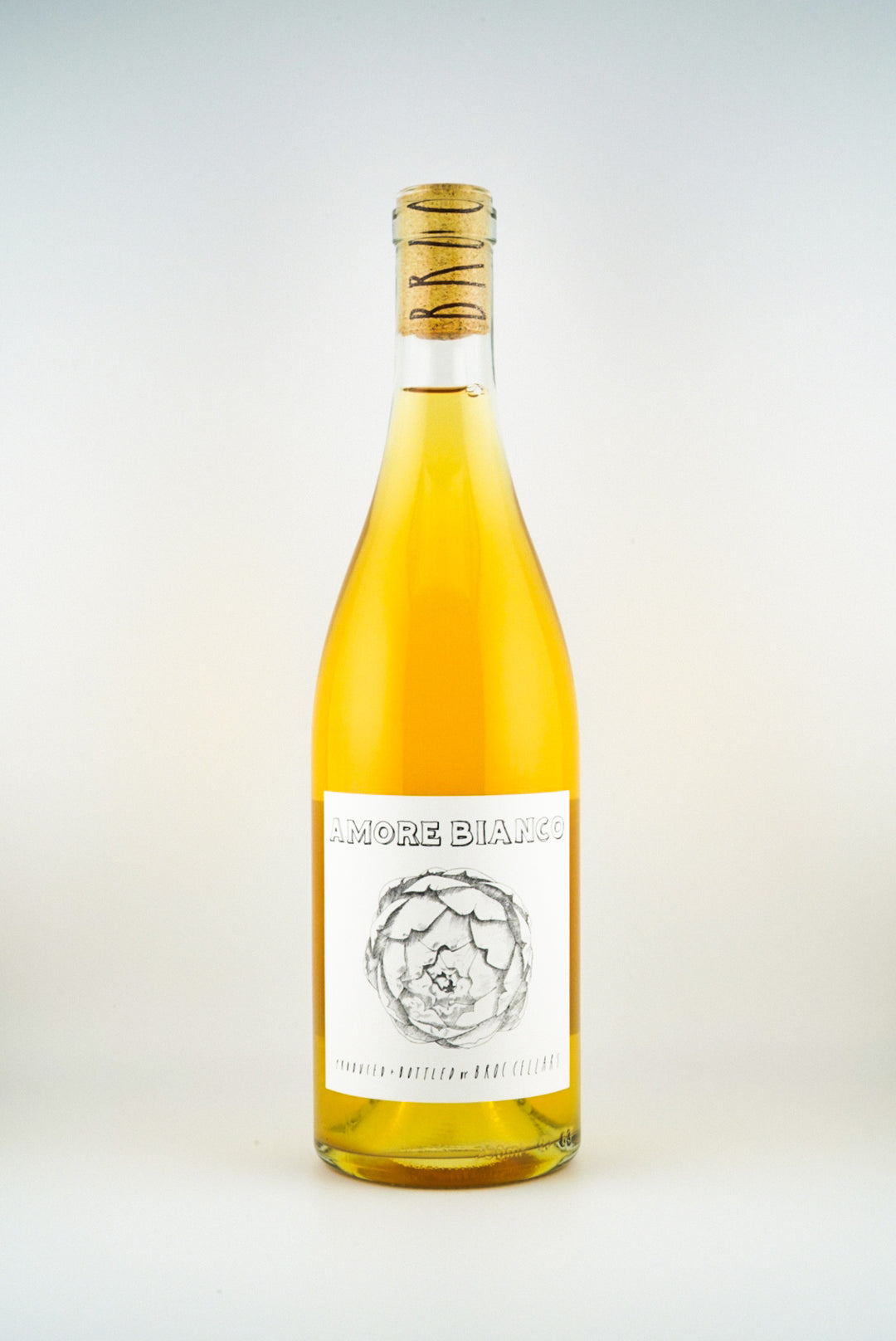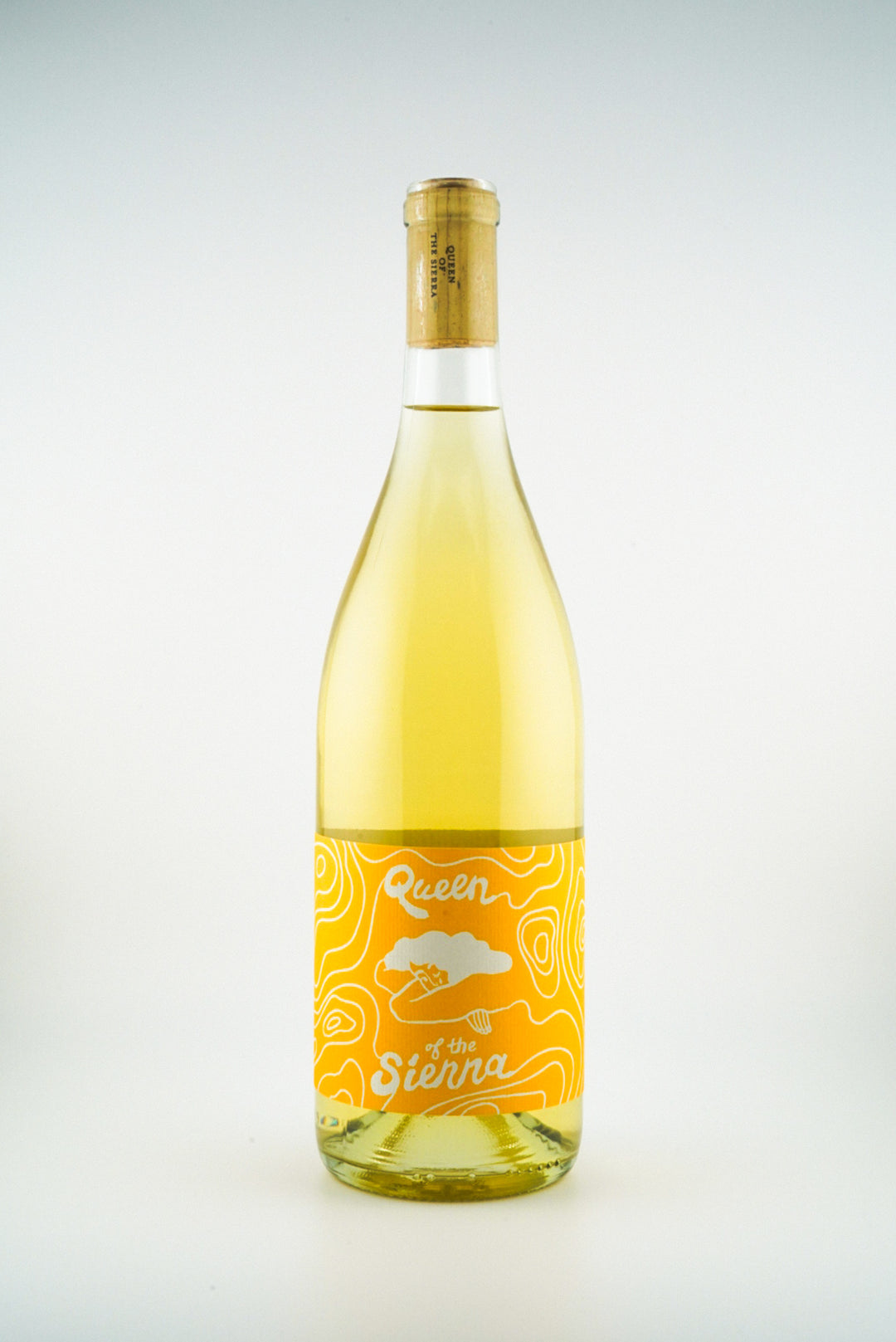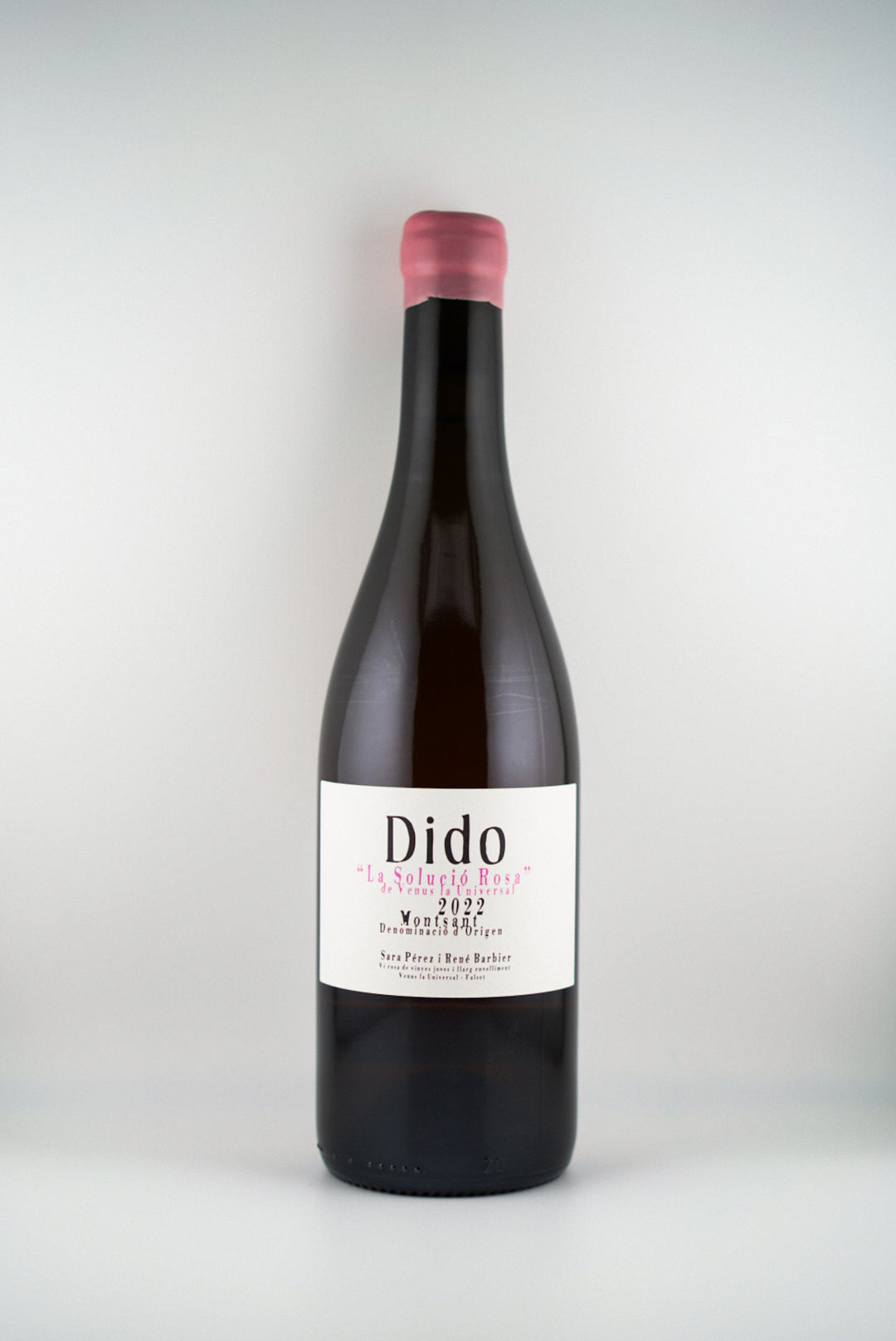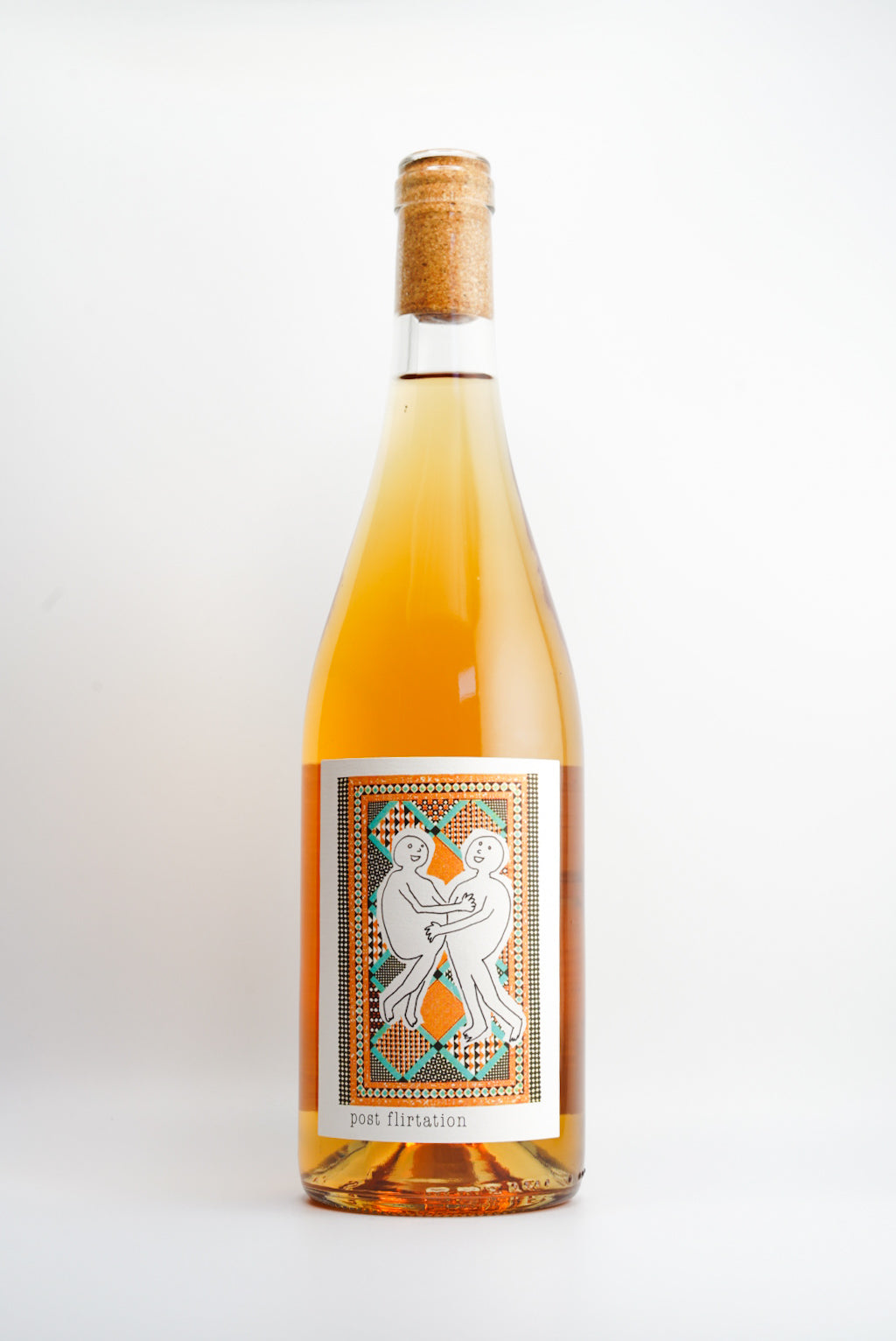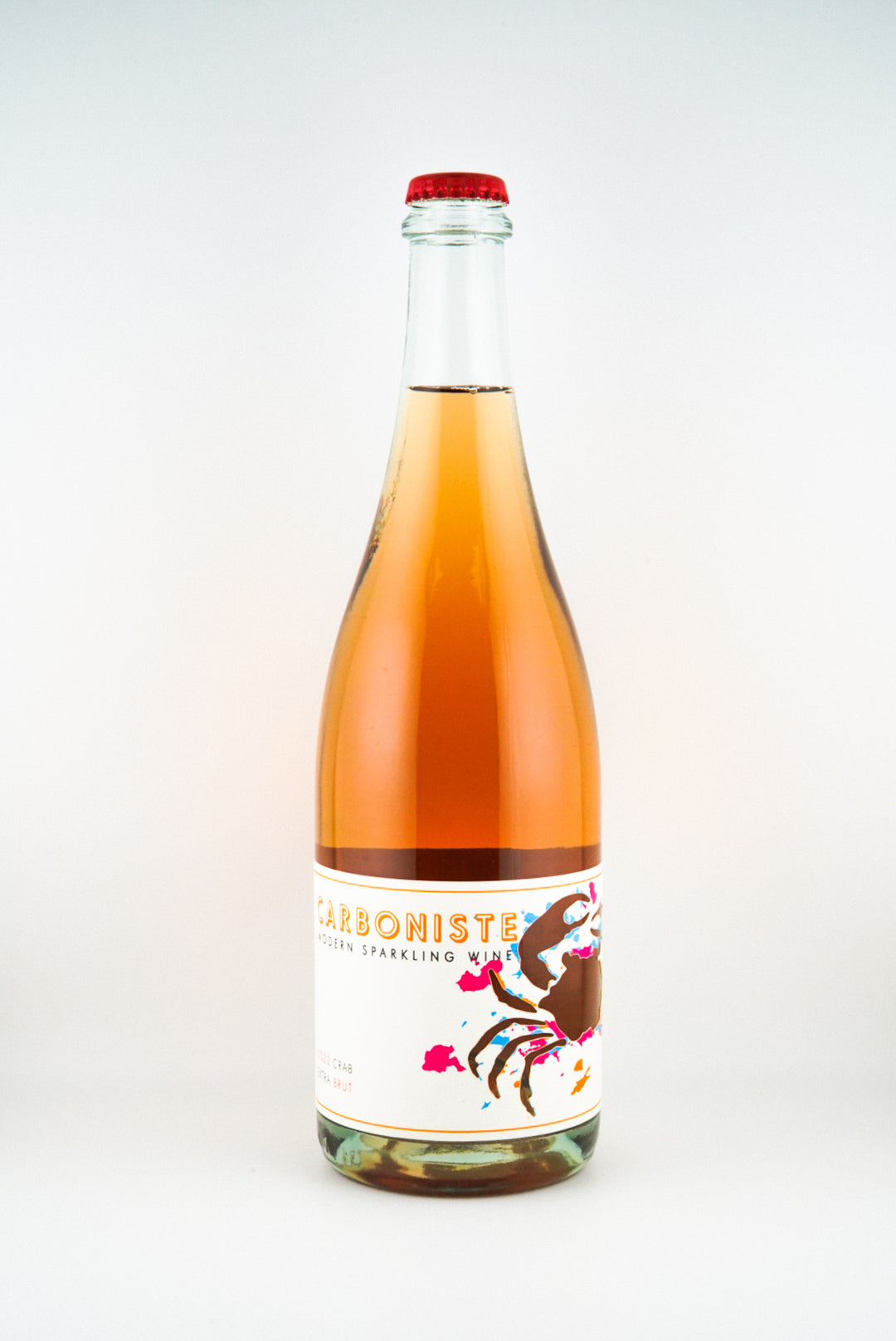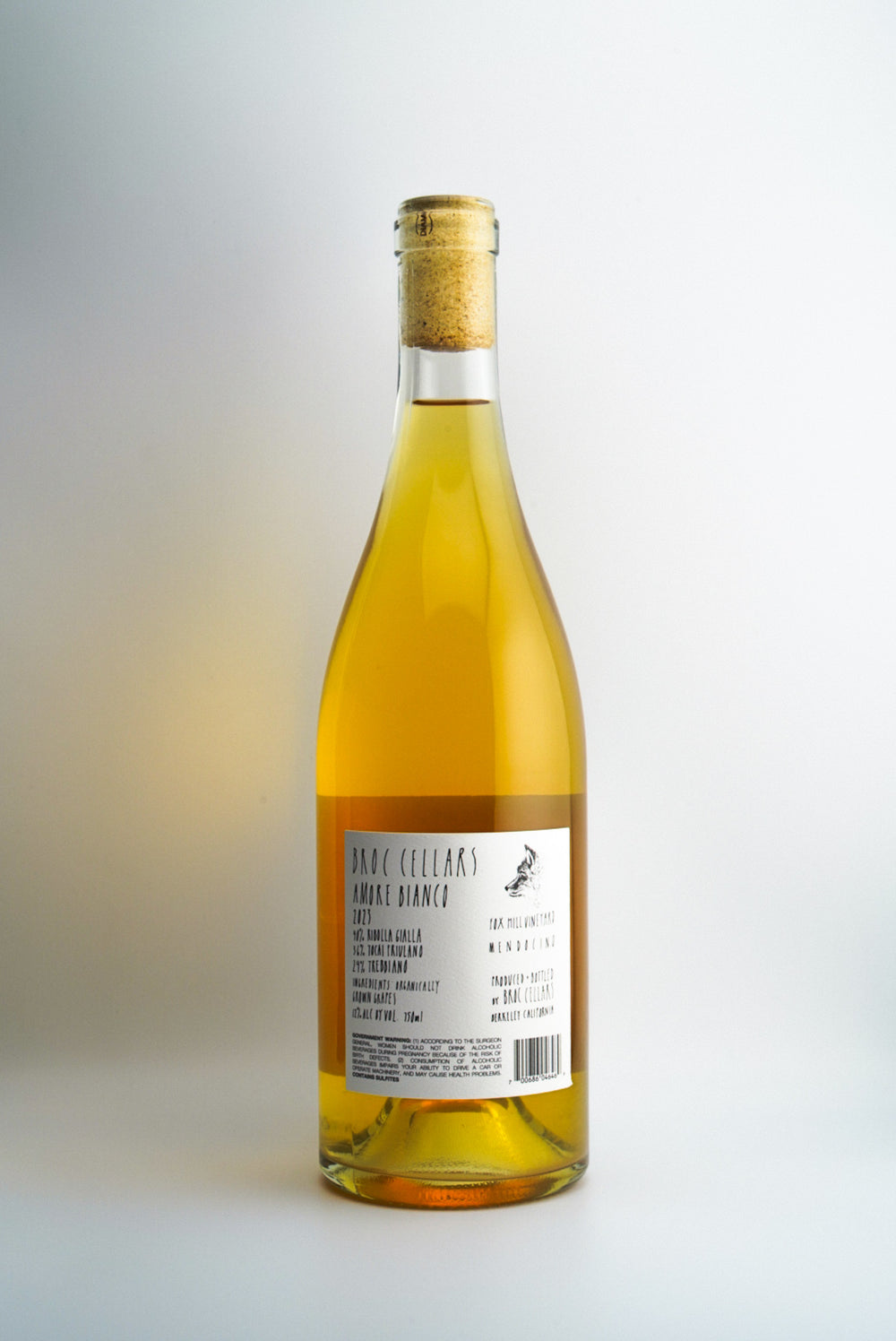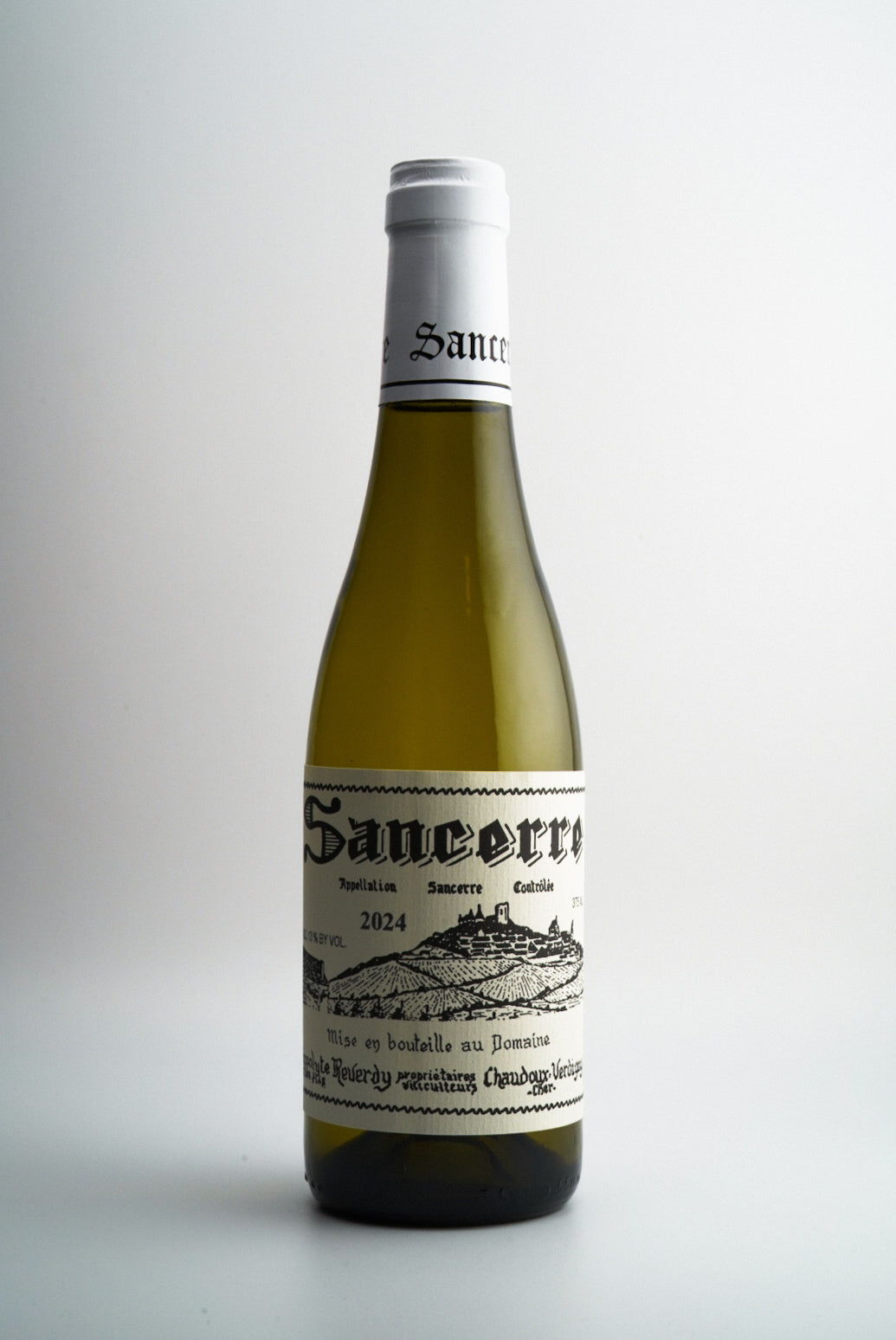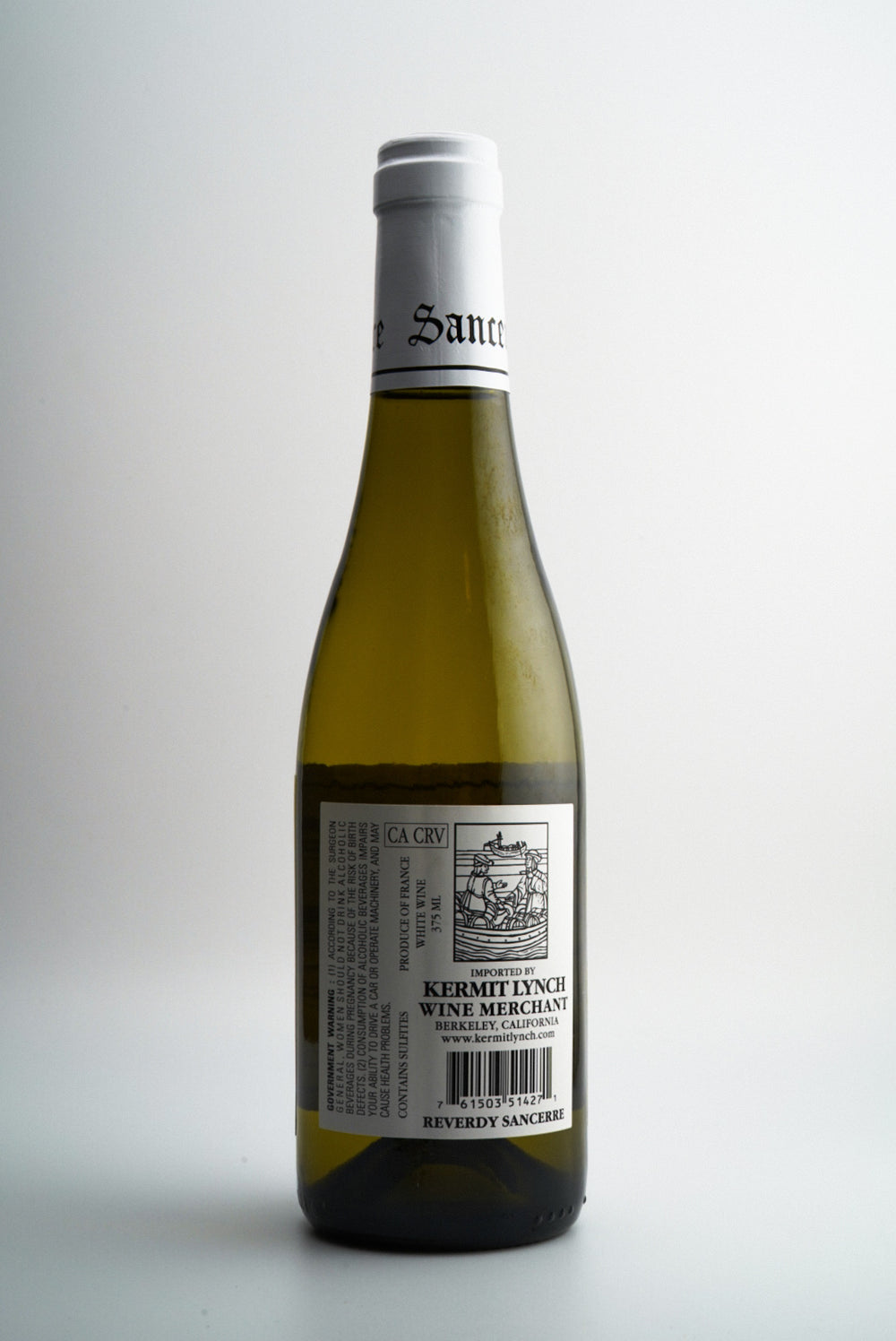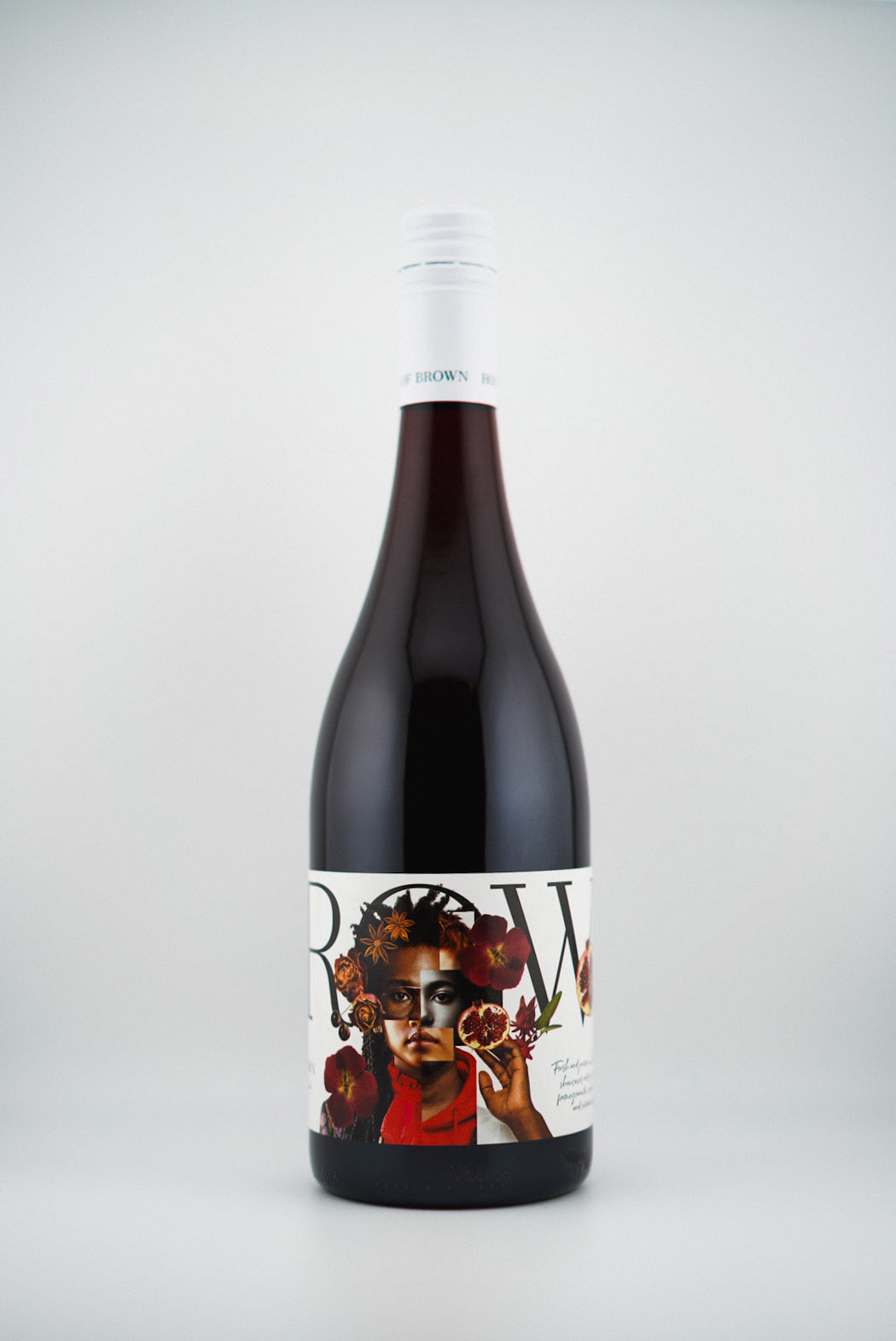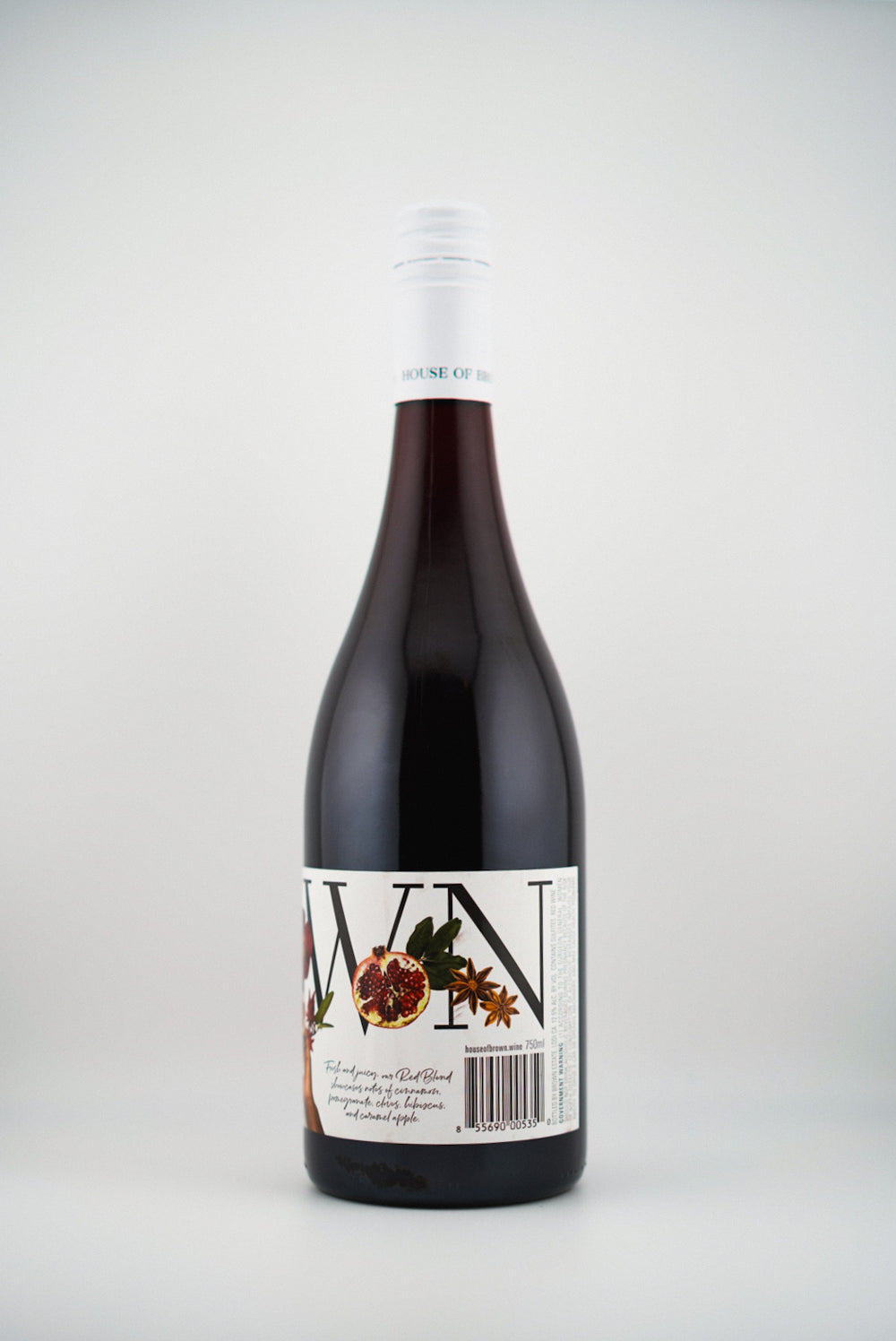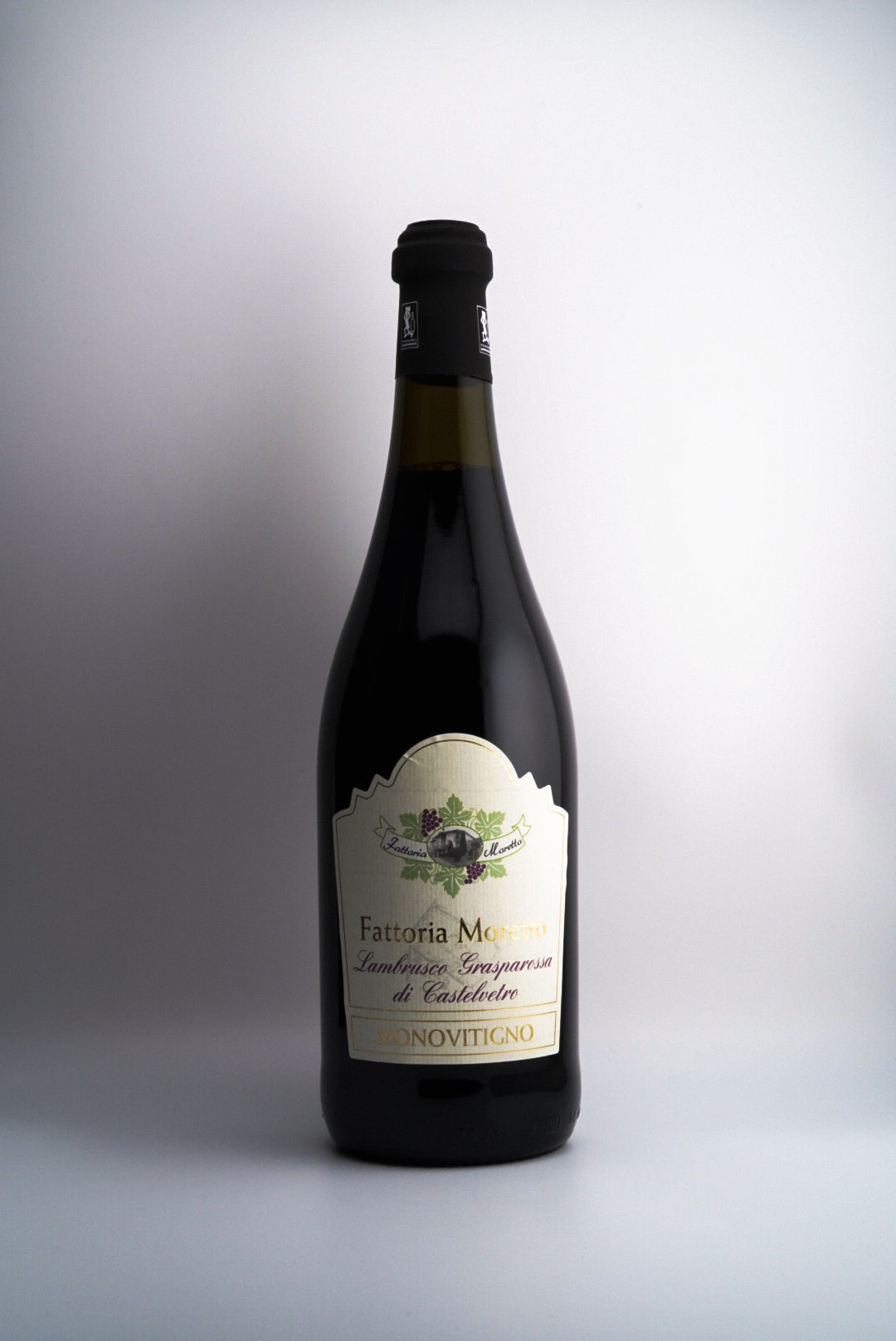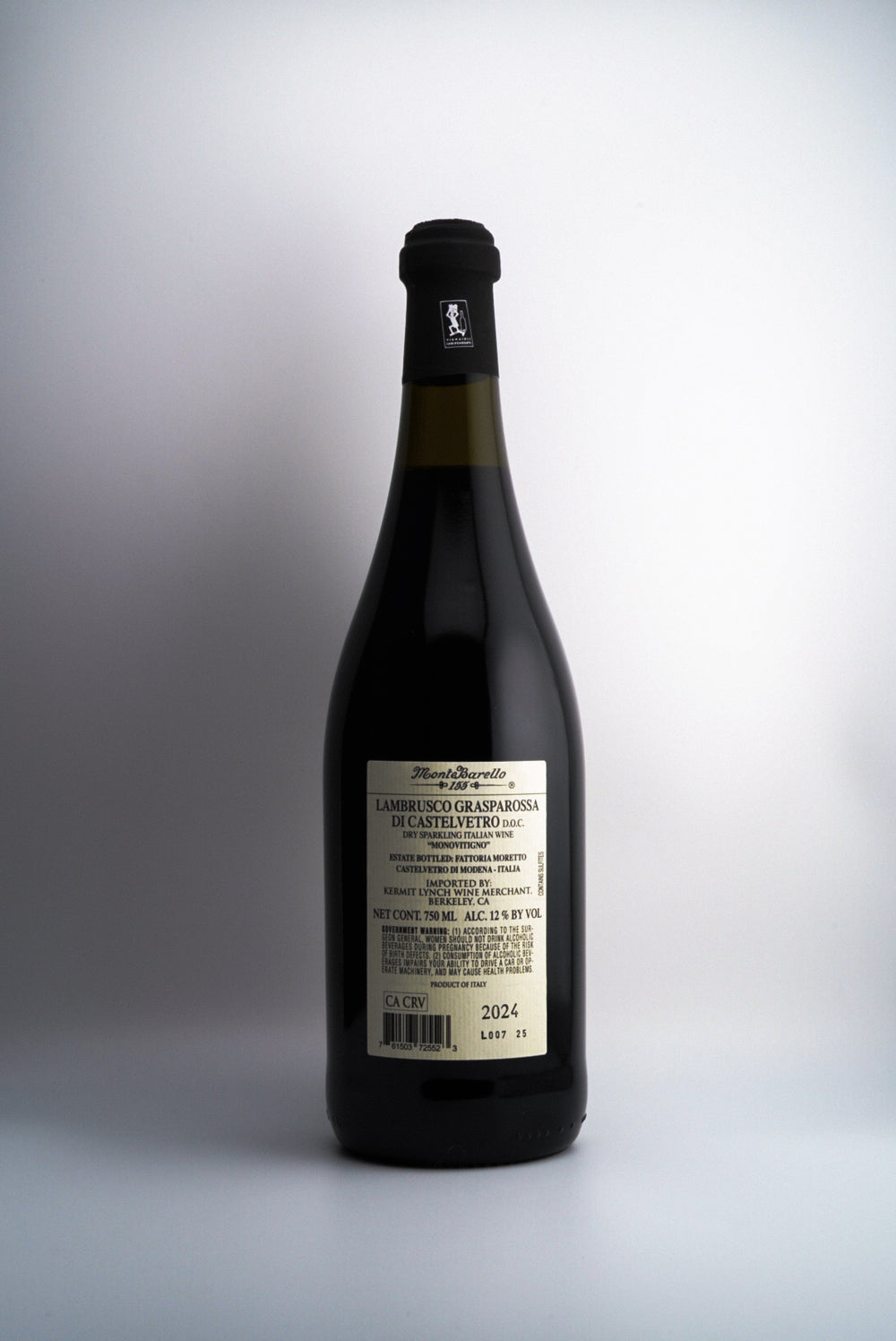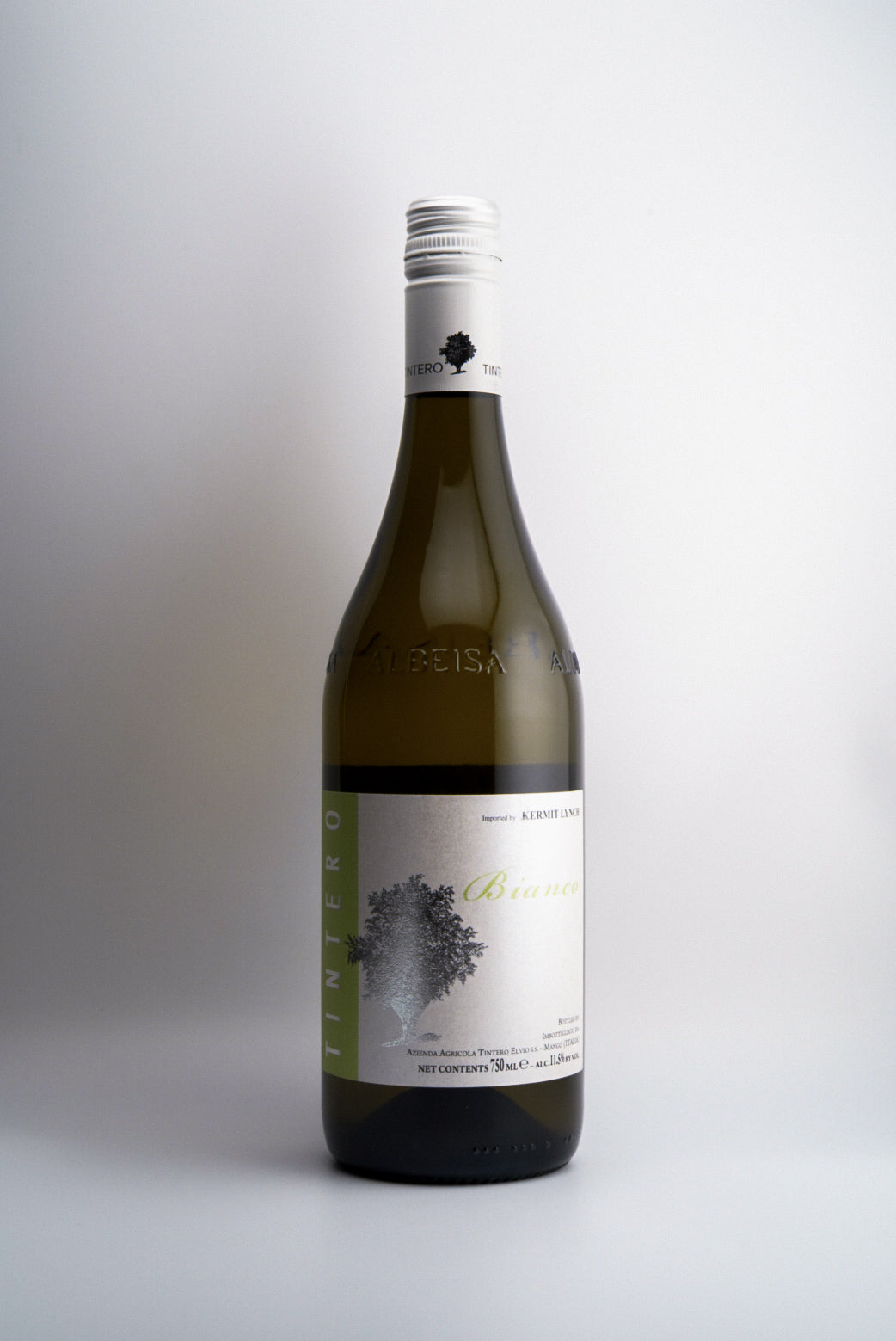Explore Washington State Wine
Explore Washington State Wine
 Source: Washington State Wine Commission.
Source: Washington State Wine Commission.Table of Contents:
Wine Styles & Varieties |
Regions & Practices |
Washington State stands as one of American viticulture's most compelling success stories, yet remains surprisingly underappreciated on the global wine stage. As the nation's second-largest wine producer, Washington has established itself as a powerhouse of quality and value that defies easy categorization. Neither bound by the constraints of Old World tradition nor defined by the fruit-forward exuberance often associated with California, Washington has carved out a distinctive identity characterized by elegance, structure, and remarkable versatility.
What makes Washington's rise particularly fascinating is the speed of its ascent. In just over half a century, the state has transformed from a backwater of commercial sweet wines to a region producing world-class Cabernet Sauvignon, Syrah, and Merlot that rival the best from any wine region. This rapid evolution reflects a perfect convergence of exceptional growing conditions, innovative winemaking, and a pioneering spirit that continues to push boundaries and challenge preconceptions about American wine.
The Historical Journey: From Frontier Territory to Wine Powerhouse
Native American Heritage and European Settlement
Long before European settlers arrived, Indigenous peoples including the Yakama, Walla Walla, and Wanapum Nations thrived in what would become Washington's wine country. These First Nations developed sophisticated relationships with the land, recognizing the region's unique capacity for growing plants in what might otherwise appear to be desert conditions. Their understanding of the Columbia River Basin's microclimate and soil diversity laid important groundwork for future agricultural development.
The connection between these Native American tribes and the land continues to this day, with their cultural practices of environmental stewardship influencing modern sustainable viticulture in the region. Concepts like the sacred relationship with water resources and principles of holistic land management have found their way into the philosophies of many Washington wineries committed to sustainability.
European settlement in Washington began in earnest in the mid-19th century, with the establishment of trading posts and missionary stations. The region's agricultural potential quickly became apparent to these newcomers, though initially, efforts focused on staple crops rather than wine grapes.
The First Vines: European Immigration and Early Experimentation
Washington's viticultural history begins in earnest with the wave of European immigration in the late 19th century. In 1825, the Hudson's Bay Company planted the first wine grapes at Fort Vancouver in what would later become Washington State. However, these initial plantings were primarily for table grapes rather than winemaking.
The true genesis of Washington wine came with German and Italian immigrants who arrived in the Walla Walla and Yakima valleys in the 1860s and 1870s. These settlers brought with them European winemaking traditions and grapevine cuttings from their homelands. They quickly recognized that the region's combination of well-drained soils, abundant sunshine, and significant diurnal temperature shifts created ideal conditions for quality viticulture.
By the 1890s, commercial vineyards were established in several parts of eastern Washington, particularly in the Yakima Valley. These early pioneers faced significant challenges—harsh winters, isolated locations, and limited viticultural knowledge specific to the region—yet they persevered, laying the foundation for the industry to come.
Prohibition and Recovery: Setbacks and Perseverance
As in the rest of the United States, Washington's nascent wine industry was devastated by Prohibition (1920-1933). The constitutional ban on alcohol production and sales forced most wineries to close, with only a few surviving by producing sacramental wine or grape juice. Many vineyard owners ripped out their wine grapes and replanted with table grapes or other crops.
The repeal of Prohibition in 1933 did not immediately revitalize Washington's wine industry. The knowledge gap created during the thirteen-year ban, combined with economic challenges during the Great Depression, severely hampered recovery efforts. Additionally, consumer preferences had shifted toward fortified wines and sweeter styles, steering the industry away from the dry table wines that would later define Washington's reputation.
The post-Prohibition era saw the establishment of large, commercially-oriented wineries primarily focused on sweet, high-volume production. Companies like American Wine Growers (later Chateau Ste. Michelle) and Columbia Winery dominated this landscape, producing wines that bore little resemblance to the premium bottles Washington would eventually become known for.
The Modern Renaissance (1960s-1990s): Quality Takes Center Stage
The transformation of Washington's wine industry from quantity to quality began in the 1960s and accelerated through the 1970s. Several pivotal developments during this period set the stage for Washington's emergence as a premium wine region:
1. Academic Foundation: In 1967, Washington State University established a research program focused specifically on viticulture and enology, providing scientific underpinning for the industry's growth and helping identify optimal grape varieties and growing techniques for Washington's unique conditions.
2. Chateau Ste. Michelle's Evolution: The transformation of American Wine Growers into Chateau Ste. Michelle in 1967 marked a crucial shift toward quality production. Under the leadership of visionary winemakers like André Tchelistcheff (consulting from 1967-1990), the winery invested in modern equipment, introduced European vinifera varieties, and implemented quality-focused vineyard practices.
3. Arrival of European Expertise: A new wave of European-trained winemakers and viticulturists brought technical knowledge and Old World sensibilities to Washington, elevating practices throughout the industry.
The Quality Revolution Takes Hold
The 1980s witnessed an explosion of small, quality-focused wineries that would define Washington's modern reputation. Pioneers like Quilceda Creek (1979), Woodward Canyon (1981), L'Ecole No. 41 (1983), and Leonetti Cellar (1977) demonstrated that Washington could produce wines of exceptional quality and aging potential, particularly with Bordeaux varieties like Cabernet Sauvignon and Merlot.
These early success stories attracted attention from wine critics and consumers alike, especially when Quilceda Creek and Leonetti began receiving unprecedented scores from publications like Wine Advocate. The industry's confidence grew as Washington wines consistently performed well in blind tastings against established regions like Napa Valley and Bordeaux.
Defining the Terroir: Establishment of AVAs
A crucial step in Washington's wine evolution came with the formal recognition of its distinctive growing regions. The Yakima Valley became Washington's first American Viticultural Area (AVA) in 1983, followed by Columbia Valley and Walla Walla Valley in 1984. These designations helped articulate the unique characteristics of each region and elevated Washington's status on the national and international stage.
By the end of the 1990s, Washington had firmly established itself as a quality wine producer. The number of wineries grew from under 20 in 1980 to over 150 by 2000, and vineyard acreage expanded dramatically as growers recognized the region's potential for premium grape production.
Washington Wine Today: By the Numbers
The explosive growth of Washington's wine industry over the past two decades has been nothing short of remarkable:
Vineyard Area: As of 2024, Washington has approximately 60,000 acres (about 24,300 hectares) under vine, making it the second-largest wine-producing state in the U.S. This represents more than a threefold increase since 2000.
Production Volume: Annual production now exceeds 17 million cases, accounting for about 5% of all U.S. wine production but a significantly higher percentage of premium wines.
Economic Impact: The wine industry contributes over $8 billion annually to Washington's economy and supports more than 30,000 jobs across the state.
Number of Wineries: From fewer than 20 in 1980, Washington now boasts over 1,000 wineries, ranging from global corporations to tiny, garage-sized operations. This explosive growth has been particularly notable in the past decade, with an average of 40 new wineries opening each year.
Varietal Breakdown: Cabernet Sauvignon leads production at approximately 30% of plantings, followed by Chardonnay (16%), Merlot (11%), Riesling (8%), and Syrah (8%). However, over 70 different grape varieties are grown commercially across the state.
Key Markets: While domestic consumption within the United States accounts for the majority of sales, export markets—particularly Canada, United Kingdom, Japan, and Scandinavia—are growing steadily and now represent about 5% of total sales volume.
AVA Expansion: From the first three AVAs established in the 1980s, Washington now has 20 recognized growing regions, each with distinctive soil compositions, microclimates, and stylistic signatures.
Washington Wine 101: Beyond the Misconceptions
Breaking the Stereotype
When most wine enthusiasts think of American wine, California images dominate—sun-soaked vineyards stretching across Napa Valley, powerful Cabernets with high alcohol and bold fruit profiles, or mass-market brands lining supermarket shelves. This stereotype often overshadows Washington's distinctive contribution to American wine.
Despite ranking second in U.S. wine production, Washington frequently finds itself either overlooked entirely or mischaracterized as producing wines that are simply cooler-climate versions of their California counterparts. This fundamental misconception obscures what makes Washington truly special: its unique combination of New World fruit clarity with Old World structural elements and restraint.
Washington wines typically occupy a sweet spot between the ripeness of California and the structure of Europe—offering vibrant fruit expression balanced by refreshing acidity and defined tannin structures. This distinctive profile stems from the state's unusual growing conditions and positions Washington wines as versatile companions for a wide range of cuisines.
Climate Factors: Desert in Disguise
Perhaps the most significant misconception about Washington wine stems from basic geography. The state's reputation for rain and evergreen forests (centered on western cities like Seattle) creates the impression of a cool, wet growing environment. In reality, Washington's wine country in the eastern half of the state is remarkably different:
Desert Conditions: Most of Washington's vineyards lie in a rain shadow east of the Cascade Mountains, where annual precipitation averages just 6-8 inches (15-20 cm)—technically qualifying as desert. The Cascade range blocks moisture from the Pacific Ocean, creating dry, clear conditions with minimal disease pressure.
Abundant Sunshine: Eastern Washington enjoys more annual daylight hours during the growing season than even California's Napa Valley, with over 300 days of sunshine per year. This extended sun exposure allows for full phenolic ripening while maintaining natural acidity.
Extreme Diurnal Shift: The high desert conditions create temperature swings of up to 40°F (22°C) between day and night. This dramatic differential preserves acidity in the grapes while still allowing for complete flavor development during the warm days.
Northern Latitude: Washington's vineyards sit between 46° and 47° north latitude—similar to Bordeaux and Burgundy. This northern position provides exceptionally long summer days (up to 16 hours of sunlight during peak growing season) but requires careful site selection to avoid frost risks.
Irrigation Necessity and Control: The desert conditions necessitate irrigation but provide growers with unprecedented control over vine stress and grape development through precisely managed water application.
Geological Drama: The Missoula Floods Legacy
Washington's viticultural potential is inextricably linked to one of the most dramatic geological events in North American history: the Missoula Floods. Between 15,000 and 13,000 years ago, a massive ice dam repeatedly formed and broke, releasing catastrophic floods that carved out the Columbia River Gorge and deposited diverse soil materials across eastern Washington.
This geological drama created a complex patchwork of soil types within small geographic areas:
Loess: Wind-blown silt deposits that provide excellent drainage while retaining sufficient moisture
Alluvial Fans: Gravel deposits from ancient rivers that stress vines and produce concentrated fruit
Volcanic Basalt: Underlying much of the Columbia Valley, providing mineral complexity
Glacial Sediments: Diverse mixtures of sand, silt, and rock flour creating unique expressions in different subregions
This soil diversity allows Washington growers to match grape varieties to ideal soil conditions and creates distinctive expressions even within single varieties—contributing to the complexity that defines Washington wine.
Sustainability in the Desert
Washington's unique growing conditions have fostered innovative approaches to sustainable viticulture:
Water Conservation: The necessity of irrigation in Washington's desert environment has made water management a priority. Advanced drip systems, soil moisture monitoring, and deficit irrigation techniques have made Washington a leader in water-use efficiency.
Minimal Disease Pressure: The dry climate dramatically reduces the need for fungicides and other chemical interventions, enabling many vineyards to employ organic or near-organic practices without the challenges faced in wetter regions.
Clean Energy Integration: Washington's abundant hydroelectric power provides wineries with access to renewable energy at competitive rates, reducing the carbon footprint of production facilities.
Vinewise Program: Established by the Washington Wine Industry Foundation, this voluntary sustainability certification program is tailored to the state's specific growing conditions and includes guidelines for water conservation, biodiversity promotion, and social responsibility.
These sustainability efforts align with growing consumer demand for environmentally responsible products and help preserve Washington's exceptional growing conditions for future generations.
The True Stars of Washington Wine
While Washington produces a diverse array of wine styles, several varieties have emerged as the state's signature offerings, each expressing unique characteristics that set them apart from the same varieties grown elsewhere:
Cabernet Sauvignon: The King in Washington
Representing nearly a third of Washington's wine grape production, Cabernet Sauvignon has emerged as the state's flagship variety. Washington Cabernet offers a distinctive expression that combines the fruit intensity typically associated with New World wines with structural elements and herbal nuances more common in the Old World:
Flavor Profile: Washington Cabernets typically showcase black cherry, black currant, and plum fruit character, complemented by distinctive savory elements of sage, olive, and graphite. The state's best examples display remarkable balance between fruit expression and non-fruit complexity.
Structural Elements: Perhaps the most distinguishing feature of Washington Cabernet is its tannin profile—firm but refined with a grain-like texture rather than the gripping power of Napa or the austere quality of young Bordeaux. This distinctive structure creates wines that are approachable in youth but capable of significant aging.
Regional Variations: Washington Cabernet shows remarkable diversity across AVAs—from the muscular, intense expressions of Red Mountain to the elegant, herb-laced versions from Horse Heaven Hills and the complex, layered examples from Walla Walla Valley.
Leading producers like Quilceda Creek, Leonetti Cellar, Cadence, and DeLille Cellars have received international recognition for Cabernets that compete with the world's finest while maintaining a distinctive Washington character.
Syrah: Washington's Secret Weapon
Though planted in smaller quantities than Cabernet, Syrah may be the variety that most clearly demonstrates Washington's unique position in the wine world. Washington Syrah manages to bridge the gap between the powerful, fruit-forward Australian style and the savory, structured approach of the Northern Rhône:
Walla Walla Syrah: Often the most Northern Rhône-like in profile, these wines combine black fruit with pronounced savory elements of olive tapenade, smoked meat, and crushed rock. The "Rocks District" sub-AVA, with its distinctive cobblestone soils, produces particularly distinctive expressions with intense mineral and earthy qualities.
Red Mountain Syrah: More powerful and concentrated, these wines offer rich black and blue fruit profiles with smoky, spicy undertones and substantial structure designed for aging.
Cooler Sites: From areas like the Columbia Gorge and higher-elevation vineyards, these Syrahs showcase bright red fruit, white pepper, and floral notes reminiscent of the Northern Rhône's cooler sites.
Producers like Cayuse Vineyards, K Vintners, Reynvaan Family Vineyards, and Gramercy Cellars have earned cult followings for their distinctive Syrah expressions, often producing multiple single-vineyard bottlings that highlight Washington's terroir diversity.
Merlot: Renaissance and Redemption
While Merlot faced challenges in the consumer market following the "Sideways effect" in the mid-2000s, Washington remained committed to the variety, recognizing that it performs exceptionally well in the state's growing conditions:
Character and Structure: Washington Merlot defies the stereotype of the variety as soft and simple. Instead, it produces structured, complex wines with firm tannins, bright acidity, and impressive aging potential. The best examples offer rich black cherry and plum fruit complemented by notes of cocoa, cedar, and earth.
Cold Hardiness: Merlot's relatively good resistance to Washington's occasional harsh winters has ensured its continued presence in the state's vineyards, particularly in slightly cooler sites.
Blending and Solo Performer: While Merlot plays an important role in Bordeaux-style blends from producers like Andrew Will and Pepper Bridge, Washington is also home to exceptional single-varietal expressions from wineries like Northstar, Leonetti, and L'Ecole No. 41.
As consumer preferences continue to evolve, Washington Merlot has been experiencing a well-deserved renaissance, recognized for its quality and distinctive regional expression rather than broader market trends.
Riesling: Cool Climate Excellence
While red varieties dominate contemporary conversations about Washington wine, Riesling played a crucial role in establishing the state's quality reputation and continues to produce exceptional expressions:
Chateau Ste. Michelle's Leadership: As the world's largest Riesling producer, Chateau Ste. Michelle has championed the variety for decades, producing everything from crisp, dry styles to complex ice wines. Their collaboration with Germany's Ernst Loosen on the Eroica project further elevated the variety's prestige.
Stylistic Range: Washington Riesling spans the full spectrum from bone-dry to lusciously sweet, with a common thread of bright acidity and pronounced mineral character regardless of sweetness level.
Ancient Lakes and Yakima Valley: These cooler AVAs produce particularly compelling Riesling characterized by distinctive lime pith, green apple, and wet stone aromatics with precisely balanced acidity.
While market trends have shifted toward red wines in recent years, producers like Long Shadows, Poet's Leap, and Tenet Wines continue to demonstrate Washington's world-class potential with this noble white variety.
Emerging Varieties Showing Promise
Washington's viticultural experimentation continues to expand with promising results across a diverse range of varieties:
Grenache: Particularly excelling in warmer sites, producing wines of remarkable elegance and aromatic complexity
Tempranillo: Finding success in several regions, offering structured wines with distinctive savory character
Petit Verdot: Traditionally a blending component but increasingly bottled as a single variety, showcasing intense color, structure, and floral notes
Albariño: Demonstrating excellent affinity with cooler sites, producing vibrant, mineral-driven whites
Mourvèdre: Particularly successful in warmer sites and rocky soils, adding to Washington's Rhône-style offerings
This willingness to experiment beyond established varieties represents Washington's continued evolution and exploration of its diverse growing regions, promising even greater diversity in the coming decades.
Wine Regions of Washington: A Terroir Tour
Columbia Valley: The Grand Canvas
Encompassing over 11 million acres (though only about 60,000 are planted to vines), the Columbia Valley AVA contains most of Washington's wine regions. This vast area is defined by the watershed of the Columbia River and its tributaries, creating a diverse patchwork of mesoclimates and soil types.
Key Features:
Geographic Scale: The sheer size of the Columbia Valley creates tremendous diversity, from the high-elevation vineyards of the Rattlesnake Hills to the wind-swept slopes of the Columbia Gorge. This variation allows growers to match varieties to ideal conditions across a broad spectrum of sites.
Soil Types: While varied, the region is predominantly characterized by well-drained sandy and silty loams over basalt bedrock, with significant areas of wind-blown loess and flood-deposited gravels. These soils typically feature low organic content, forcing vines to struggle and produce concentrated fruit.
Climate Factors: Despite regional variations, the Columbia Valley as a whole enjoys hot, dry summers with significant diurnal temperature shifts. The northern latitude provides long summer days with intense sunlight, while the desert conditions ensure minimal disease pressure.
Irrigation Dependency: With annual rainfall averaging just 6-8 inches in most of the growing region, controlled irrigation is essential and provides growers with a powerful tool for managing vine stress and grape development.
Key Sub-AVAs: The Columbia Valley contains most of Washington's other AVAs, including Yakima Valley, Walla Walla Valley, Red Mountain, Horse Heaven Hills, and Wahluke Slope, each with distinctive characteristics that have earned them separate recognition.
Yakima Valley: The Historic Heart
As Washington's oldest AVA (established in 1983) and the state's first significant wine-growing region, Yakima Valley holds a special place in Washington's wine story. Located in the center of the Columbia Valley, it presents a diverse range of growing conditions:
Key Features:
Elevation Gradient: Vineyards range from 700 to 1,300 feet above sea level, creating significant climatic variation across relatively short distances.
Soil Diversity: The valley features silt loam, sandy loam, and gravel-based soils, often with limestone or calcium carbonate deposits that contribute to wine structure.
Temperature Range: While generally warm, Yakima Valley's complex topography creates pockets of cooler conditions, making it ideal for varieties requiring longer hang time like Riesling and Chardonnay, alongside warmer pockets perfect for Bordeaux and Rhône varieties.
Key Sub-regions: Within the Yakima Valley lie the distinct sub-AVAs of Red Mountain, Rattlesnake Hills, and Snipes Mountain, each with their own terroir signatures.
Notable Producers: Historical pioneers like Kiona Vineyards, Chinook Wines, and Owen Roe have showcased the region's potential for decades, while newer operations continue to explore its diverse terroir.
Walla Walla Valley: The Quality Leader
Though smaller in production than other Washington regions, Walla Walla Valley has earned an outsized reputation for quality, particularly with red varieties. Straddling the Washington-Oregon border, this region's distinctive terroir and concentration of artisanal producers have made it Washington's most acclaimed wine destination:
Key Features:
Soil Diversity: The valley encompasses an extraordinary range of soil types—from the wind-blown loess of the eastern sections to the cobblestone "Rocks District" in the south (officially an AVA within the Walla Walla Valley) to the complex mixture of volcanic and sedimentary soils in the western reaches.
Elevation Variation: Vineyard elevations range from approximately a 650 to 1,500 feet, creating multiple microclimates across the AVA and allowing for remarkable diversity in a relatively compact area.
The Rocks District: This sub-AVA's distinctive cobblestone soils—reminiscent of France's Châteauneuf-du-Pape—produce some of Washington's most distinctive wines, particularly Syrah with pronounced savory, mineral, and umami characteristics.
Winemaking Culture: The region boasts an unusually high concentration of small, artisanal producers with a collaborative ethos that has driven quality standards continually higher. This culture, combined with a focus on estate-grown fruit, has cemented Walla Walla's reputation for excellence.
Notable Producers: Pioneering wineries like Leonetti Cellar, Woodward Canyon, and L'Ecole No. 41 established Walla Walla's reputation, while Cayuse Vineyards, Figgins Family, and Gramercy Cellars represent the continuing evolution of the region's distinctive style.
Red Mountain: Intensity Defined
Washington's smallest AVA at just 4,040 acres (with only about 2,000 planted), Red Mountain produces some of the state's most intensely flavored and structured red wines. This warm, southwest-facing slope in the eastern Yakima Valley possesses a unique combination of features that create ideal conditions for powerful, age-worthy wines:
Key Features:
Climate Extremes: Red Mountain experiences some of Washington's warmest daytime temperatures coupled with significant nighttime cooling, creating ideal conditions for developing both phenolic ripeness and balanced acidity.
Wind Factor: Persistent winds stress the vines, decreasing berry size and increasing skin-to-juice ratios, resulting in concentrated flavors and firm structure.
Soil Composition: Predominantly sandy loam with high calcium carbonate content, these soils provide excellent drainage while contributing to the distinctive tannic structure in Red Mountain wines.
Solar Intensity: The southwest orientation captures maximum sunlight during the growing season, enhancing ripening potential in this northern latitude region.
Key Varieties: While Cabernet Sauvignon dominates, Merlot, Syrah, Cabernet Franc, and Malbec also excel here, producing wines of remarkable color intensity, structural definition, and aging potential.
Notable Producers: Founding pioneers Kiona Vineyards and Hedges Family Estate established Red Mountain's reputation, while Col Solare (a collaboration between Chateau Ste. Michelle and Tuscany's Marchesi Antinori) and Ciel du Cheval have further elevated its standing.
Horse Heaven Hills: The Wind-Swept Frontier
Stretching along the Columbia River's northern bank, the Horse Heaven Hills AVA has emerged as one of Washington's most promising regions, particularly for Bordeaux varieties. Its combination of windy conditions, steep south-facing slopes, and minimal rainfall creates an ideal environment for distinctive, structured wines:
Key Features:
Wind Influence: Persistent winds from the Columbia River Gorge naturally reduce yields, thicken grape skins, and minimize disease pressure—factors that contribute to wines of exceptional concentration and purity.
Soil Characteristics: Well-drained sandy loam with varying levels of basalt and calcium carbonate creates ideal conditions for vine stress and encourages deep root systems.
Minimal Rainfall: With just 6-8 inches of annual precipitation, Horse Heaven Hills is among Washington's driest growing regions, allowing precise control of vine growth through irrigation management.
Key Varieties: Cabernet Sauvignon from this region shows distinctive minerality and elegant structure, while Merlot develops exceptional color intensity and aromatic complexity.
Notable Producers: The region houses some of Washington's most acclaimed vineyards, including Champoux Vineyard (source for many of Quilceda Creek's highest-rated Cabernets) and Canoe Ridge Vineyard (a Chateau Ste. Michelle estate). Producers like Andrew Will, Alder Ridge, and Double Canyon showcase the region's distinctive character.
Puget Sound: The Cool-Climate Outlier
Unlike Washington's dominant eastern growing regions, Puget Sound AVA on the western side of the Cascade Mountains represents a completely different viticultural paradigm. With its maritime climate, significant rainfall, and cooler temperatures, this region focuses on varieties and styles rarely seen elsewhere in the state:
Key Features:
Maritime Climate: Moderating influence from Puget Sound and the Pacific Ocean creates Washington's coolest growing conditions, with minimal diurnal temperature shifts and extended, mild growing seasons.
Rainfall Challenge: Averaging 35-50 inches annually (compared to 6-8 inches in eastern Washington), this region requires very different vineyard management strategies focused on canopy management and fungal disease prevention.
Glacial Soils: Predominantly glacial till and outwash, these soils offer good drainage despite the higher precipitation.
Focus Varieties: Cool-climate grapes like Siegerrebe, Madeleine Angevine, Müller-Thurgau, and Pinot Noir dominate plantings, producing aromatic whites and elegant, lighter-bodied reds.
Notable Producers: Operations like Bainbridge Vineyards, Whidbey Island Winery, and San Juan Vineyards showcase the region's distinctive cool-climate character, often drawing inspiration from Germany and Alsace rather than the Bordeaux and Rhône influences prevalent in eastern Washington.
Viticulture and Winemaking Practices: Desert Precision
Harvest Timing and Viticultural Challenges
Washington's growing season follows a rhythm defined by its northern latitude and desert conditions:
Bud Break and Frost Risk: Typically occurring in early April, bud break comes with significant frost risk that requires careful site selection and mitigation strategies like wind machines, overhead irrigation, and even helicopter flyovers in extreme situations.
Midseason Growth: The combination of long summer days (up to 16 hours of daylight in midsummer) and warm, dry conditions creates ideal ripening conditions with minimal disease pressure.
Harvest Window: The picked season typically begins in early September for aromatic whites and extends through late October for late-ripening red varieties. The timing varies considerably by sub-region, with dramatic differences even between nearby sites based on elevation, aspect, and specific mesoclimate conditions.
Winter Freeze Risk: Perhaps Washington's greatest viticultural challenge comes from periodic Arctic air events that can cause significant vine damage and even death. These events, occurring on average once or twice per decade, have driven research into cold-hardy clones and influenced variety selection in especially vulnerable areas.
The Irrigation Advantage
Unlike many famous Old World regions where irrigation is either prohibited or unnecessary, Washington's desert conditions require supplemental water. While initially viewed as a limitation, growers have transformed this necessity into a powerful quality tool:
Deficit Irrigation: Precisely controlling water stress during key phenological stages allows growers to influence berry size, skin thickness, and flavor development. This technique has been refined over decades to enhance wine quality rather than simply sustain vine health.
Canopy Management: The combination of irrigation control and abundant sunshine allows for precise canopy management tailored to each variety's needs. Eastern Washington's low humidity and minimal rainfall reduce disease pressure, enabling organic and low-intervention approaches that would be challenging in wetter climates.
Customized Ripening: Washington growers can essentially "dial in" their preferred ripening curve through water management, slowing development during heat spikes or accelerating it as seasonal conditions demand.
This precision approach to viticulture, enabled by the necessity of irrigation, has become one of Washington's defining advantages in quality wine production.
Winemaking Philosophy
Washington's winemaking approaches reflect the state's position between Old World tradition and New World innovation:
Balanced Ripeness: Most producers aim for phenolic ripeness while preserving natural acidity, typically harvesting at slightly lower sugar levels than their California counterparts but higher than many European regions.
Oak Approach: Washington winemakers tend to take a measured approach to oak, typically employing less new oak and shorter aging periods than comparable New World regions, allowing fruit expression and terroir character to remain in the foreground.
Minimal Intervention Trend: An increasing number of producers are embracing less interventionist approaches, using indigenous yeasts, minimal sulfur additions, and reduced filtration to express site character more transparently.
Blending Traditions: While single-varietal wines dominate production, Washington has a strong tradition of thoughtful blending, particularly with Bordeaux and Rhône varieties, creating wines that showcase complementary characteristics rather than conforming to specific appellation rules.
This pragmatic, quality-focused approach to winemaking has allowed Washington to develop a distinctive identity that draws inspiration from traditional European regions while embracing the freedom to innovate characteristic of the New World.
Washington's Wine Future: Evolution and Adaptation
Climate Change Considerations
Like all wine regions globally, Washington faces both challenges and potential opportunities from climate change:
Temperature Increases: Rising temperatures may push ripening earlier in the season, potentially compressing harvest windows and increasing sugar accumulation ahead of phenolic ripeness. However, Washington's significant diurnal temperature variation helps mitigate some of these effects.
Water Resources: As a region dependent on irrigation, Washington must confront the possibility of reduced snowpack in the Cascade Mountains, which feeds the Columbia River system. This has driven research into drought-resistant rootstocks and more efficient water delivery systems.
Adaptation Advantages: Washington's relatively young industry and freedom from rigid appellation regulations allow for more nimble responses to changing conditions. The state's viticultural researchers are actively studying climate-appropriate varieties and clones that may become increasingly important in coming decades.
Elevation Options: The significant elevation gradients in many Washington growing regions provide options for moving varieties upslope as temperatures increase, potentially opening new growing areas previously considered too cool for quality viticulture.
Native American Partnerships
An emerging and significant development in Washington's wine industry involves increasing partnerships with the region's Native American tribes:
Tribal Vineyard Development: Several tribes, including the Confederated Tribes of the Yakama Nation and the Confederated Tribes of the Colville Reservation, have developed vineyard operations on tribal lands, creating economic opportunities while maintaining cultural connections to the land.
Ancestral Knowledge Integration: Traditional ecological knowledge regarding water management, sustainable land use, and biodiversity is increasingly being incorporated into vineyard planning and management.
Cultural Tourism Opportunities: Partnerships between tribal enterprises and the wine industry create opportunities for cultural tourism that educates visitors about both wine and the rich Indigenous heritage of Washington's wine regions.
These collaborations represent important steps toward reconciliation and mutual benefit between Washington's wine industry and the Native peoples who have stewarded these lands for millennia.
Research and Innovation
Washington's wine future is being shaped by significant investment in research and innovation:
Washington State University Leadership: The Wine Science Center at WSU leads research into vineyard practices, fermentation science, and wine chemistry specifically tailored to Washington's unique growing conditions.
Precision Viticulture: Adoption of technologies like drone imaging, soil sensors, and weather monitoring systems allows increasingly precise vineyard management decisions, enhancing quality while improving resource efficiency.
Rootstock Development: Research into rootstocks adapted to Washington's specific challenges—including cold hardiness, drought tolerance, and compatibility with the state's diverse soil types—promises to improve vineyard resilience.
Variety Trialing: Ongoing experimentation with varieties less common in the region but potentially well-suited to specific microclimates continues to expand Washington's viticultural diversity.
This commitment to research-driven innovation positions Washington to adapt successfully to future challenges while continuing to elevate wine quality.
Market Positioning and Future Growth
As Washington's wine industry continues to mature, several trends are shaping its future direction:
Premium Focus: While Washington produces wines across all price points, the industry is increasingly emphasizing its strength in the premium and super-premium categories, highlighting quality and value compared to similarly priced wines from more established regions.
Direct-to-Consumer Growth: Following broader industry trends, Washington wineries are investing in direct-to-consumer sales channels, including tasting room experiences, wine clubs, and e-commerce platforms—areas where smaller producers can compete effectively with larger operations.
Sub-AVA Development: The continuing identification and official recognition of distinctive growing regions within larger AVAs allows for more precise communication of terroir characteristics and builds consumer understanding of Washington's diverse growing conditions.
International Market Development: While domestic sales remain dominant, Washington producers are increasingly looking to export markets, particularly in Asia and Europe, to diversify their customer base and build global recognition.
These strategic directions suggest a future where Washington continues to grow in both production volume and quality reputation, carving out a distinctive position in the global wine landscape.
Conclusion: Washington's Unique Voice in the Wine World
Washington State's wine journey represents one of the most remarkable success stories in modern viticulture. In just half a century, this once-obscure wine region has emerged as a global quality leader, producing wines of distinctive character that showcase both the universal principles of fine wine and the unique attributes of Washington's exceptional growing conditions.
What makes Washington truly special is its ability to combine elements typically seen as contradictory: the fruit clarity and accessibility associated with New World regions alongside the structure, balance, and aging potential more commonly attributed to the Old World; the consistent growing conditions provided by a desert climate with the cool-climate characteristics preserved by extreme diurnal temperature shifts; and the innovative spirit of a young wine region with deep respect for traditional winemaking expertise.
As Washington's wine industry continues to evolve, several principles seem likely to guide its future development: an unwavering commitment to quality over quantity; ongoing exploration of the state's diverse terroirs; a collaborative culture that elevates standards across the industry; and a willingness to experiment beyond established varieties and techniques while respecting the fundamentals of fine wine production.
For wine enthusiasts willing to look beyond the familiar names and regions that dominate the market, Washington offers exceptional quality, remarkable value, and distinctive expressions that reflect the unique character of this corner of the Pacific Northwest. From powerful, age-worthy Cabernet Sauvignon and complex, savory Syrah to elegant, structured Merlot and vibrant Riesling, the wines of Washington State invite exploration and reward the curious with new perspectives on familiar varieties.
In an increasingly homogenized wine world, Washington stands as a reminder that the most compelling wine regions are those that express their unique sense of place rather than attempting to imitate established regions. It is this authenticity—this clear articulation of Washington's distinctive terroir through thoughtful viticulture and winemaking—that will continue to elevate the state's standing in the global wine community and bring its exceptional wines to appreciative audiences worldwide.
Additional Resources
Washington Vintage Guide
Interested in understanding which years produced the best wines across Washington's diverse regions? Our comprehensive vintage guide covers the past decade (2015-2024) with detailed analysis of growing conditions, wine characteristics, and aging potential for each major AVA.
View Complete Vintage GuideFood Pairing Guide
Discover the perfect culinary matches for Washington wines, from Pacific Northwest cuisine showcasing local ingredients to international dishes that highlight the distinctive characteristics of each wine style.
Explore Food PairingsVisual Elements
Our comprehensive collection of maps, infographics, and visual guides helps illustrate Washington's distinctive wine regions, production statistics, soil compositions, and climate data.
View Visual ResourcesWine 101

Holiday Pairing Guide — 10 Essentials Thanksgiving Wine Pairing Guide: 10 Wines for a Delicious Feast Thanksgiving is our favorite kind of chaos: a table full of savory, sweet, crunchy, and creamy — all at...
Read more →Latest articles
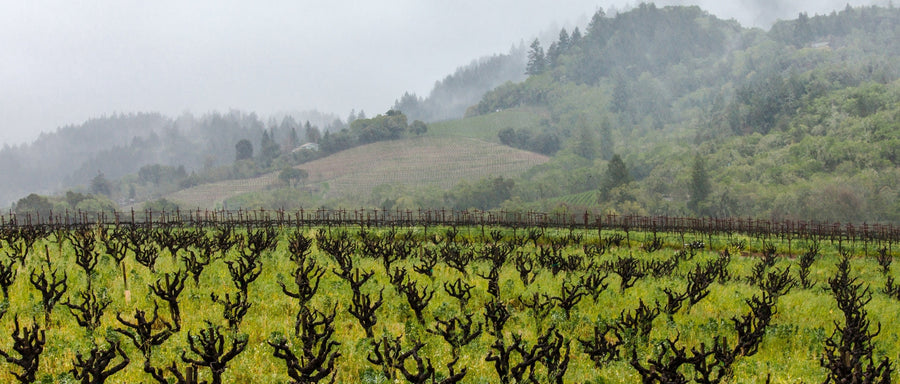
Wine Education · Opinion Don’t Fear Non-Vintage: The Case for Blending Across Seasons We expect wine to behave like a time capsule. One year, frozen in glass. But a single season can be cruel or kind, and ...
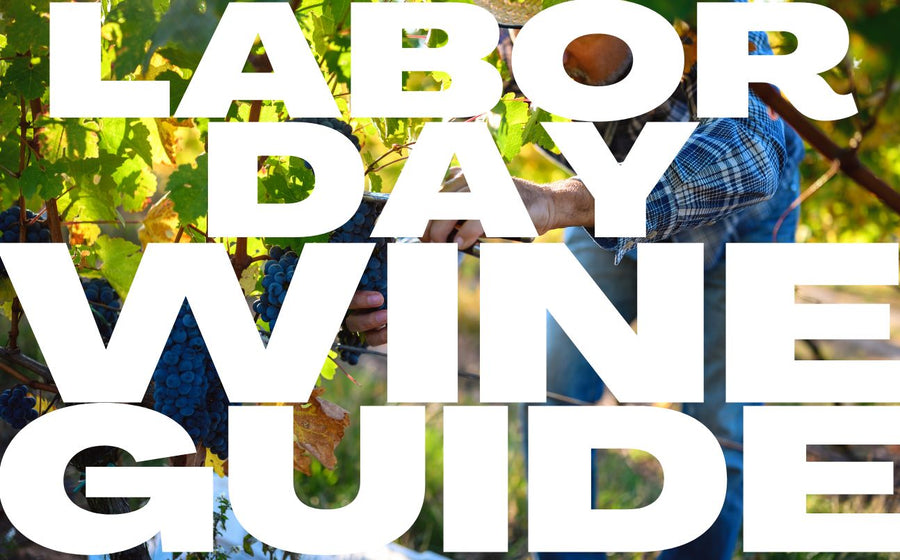
What's Below: BBQ & Grilling Perfect Red Wines Meat & Wine Matches Veggie Grill Wines Pool Party Essentials Crisp White Wines Rosé All Day Sparkling Options Party Planning Ho...
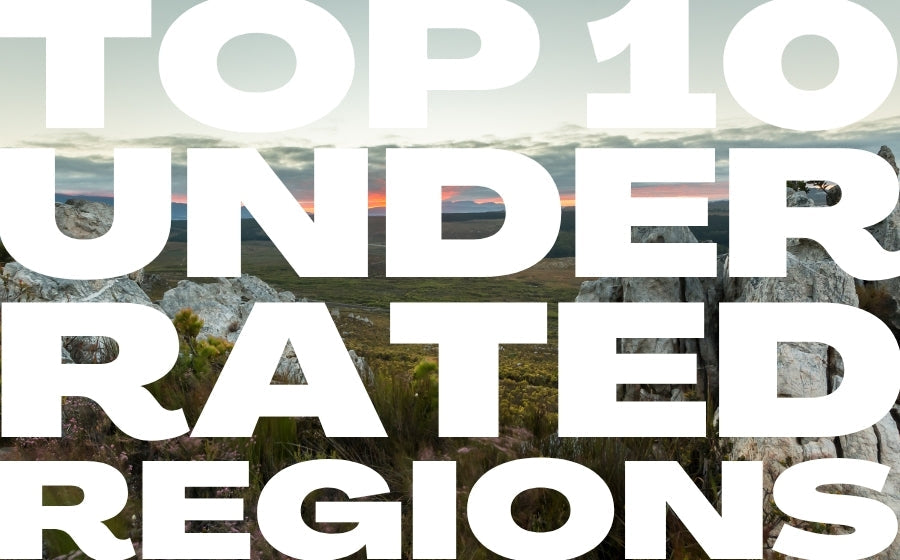
What's Below: European Gems Slovenia's Hidden Tuscany Austria's White Wine Wonderland Spain's High-Altitude Surprise New World Discoveries Mexico's Wine Revolution Brazil's Italian Influ...
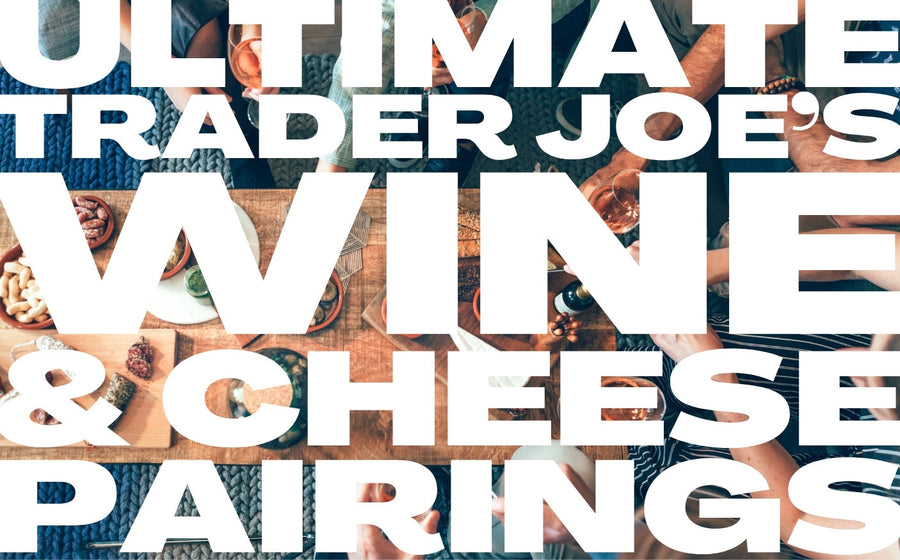
We've paired every single Trader Joe's cheese with the perfect wine. Your next cheese board is about to get very, very good. The Ultimate Trader Joe's Cheese & Wine Pairing Guide Look, Trader Joe...

"Liberté, égalité, fraternité" The key to great Bastille Day wine pairing is choosing authentic French wines that complement traditional French foods without overpowering them. Rich cheeses, herb-crus...
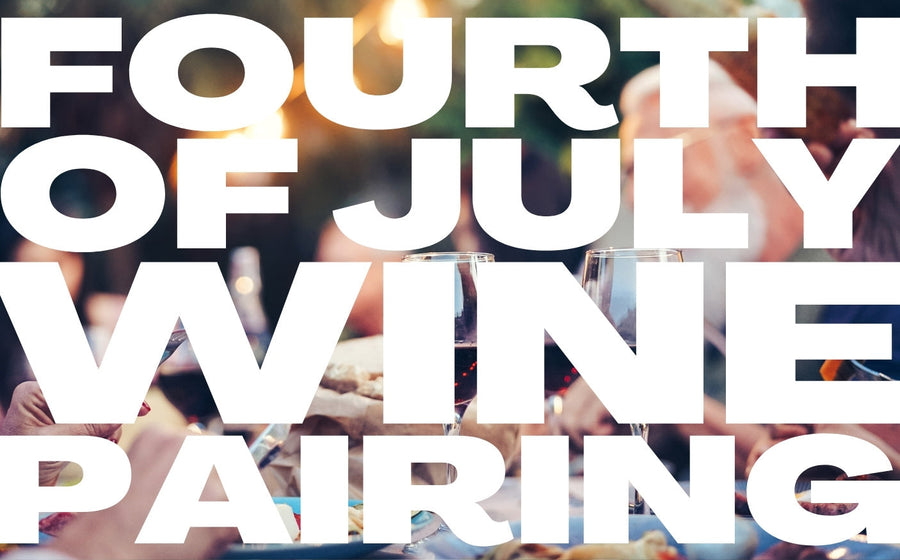
What wine should you have on 4th of July? These (All American) ones!
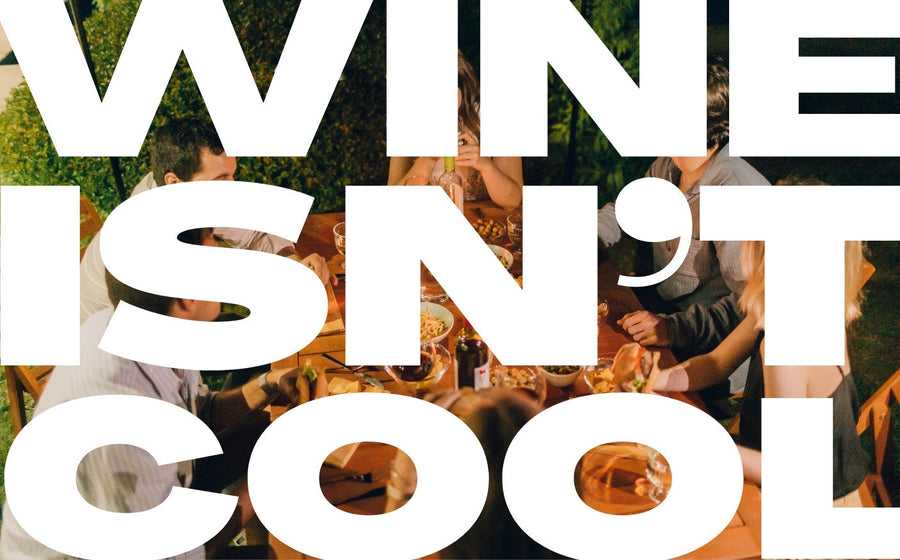
"Wine was never trying to be cool. And thank goodness for that." Every few months, another think piece declares wine dead. "Gen Z has killed wine." "Hard seltzers are the new wine." "Why wine isn't cool...
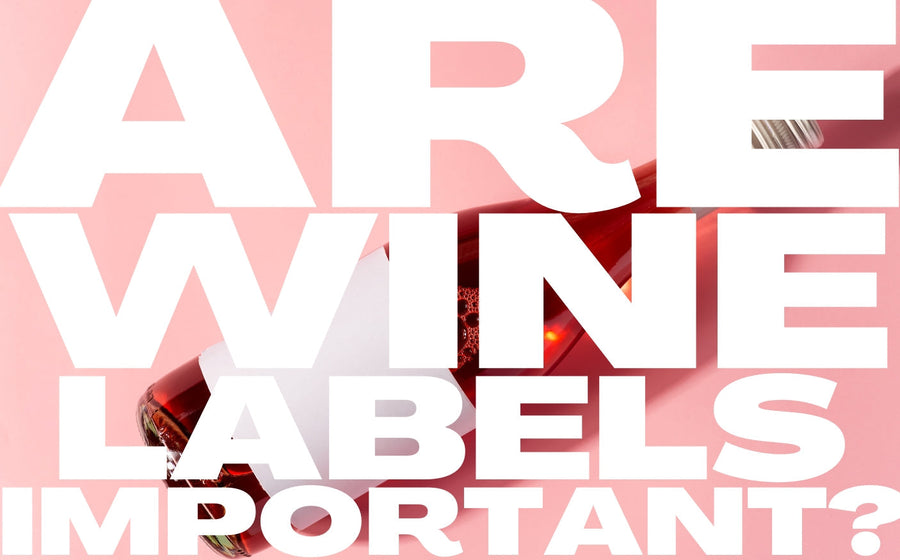
What's Below: The Foundation Introduction The Absolute Reality Real Shopping Experience Digital & Psychological The iPhone Test Psychology of Enhancement Addressing the Purists ...
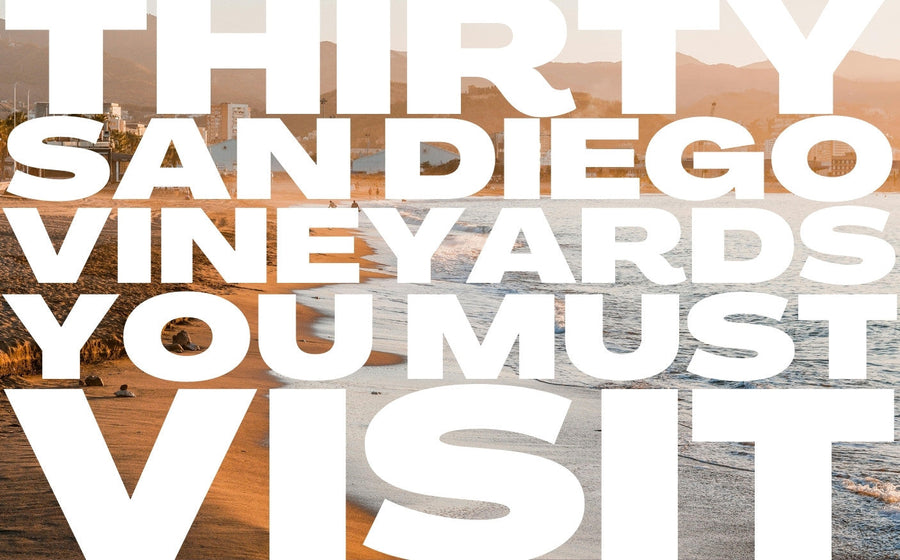
Image source: Valentina Vineyards. San Diego's top source of organically farmed wine grapes. San Diego County boasts over 172 active wineries and vineyards across diverse microclimates, from coastal va...

Italy boasts a rich tapestry of wine regions, each with its unique terroir, indigenous grape varieties, and winemaking traditions. Join us on a journey through all 20 Italian administrative regions, from int...
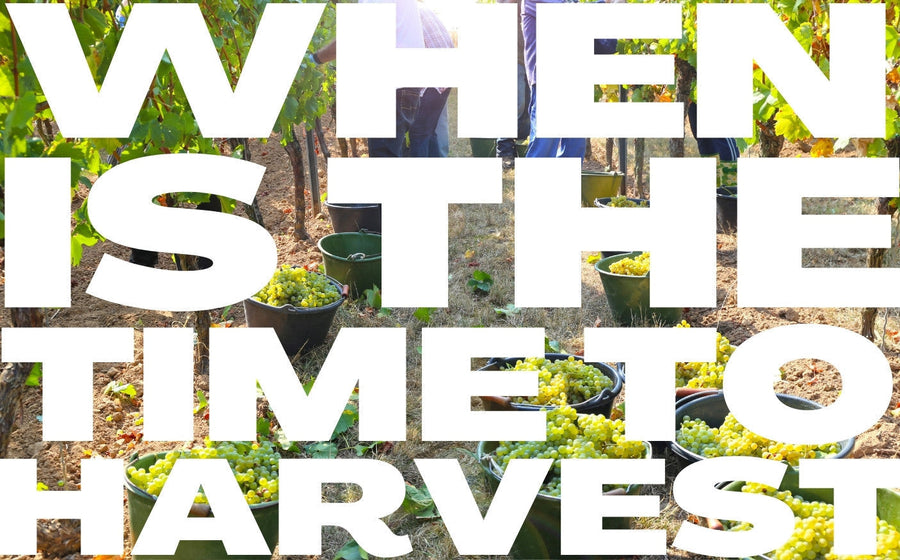
The journey of wine grapes from vineyard to bottle is a fascinating process guided by both science and tradition. Let's explore how vignerons determine the perfect moment to pick their grapes for optima...
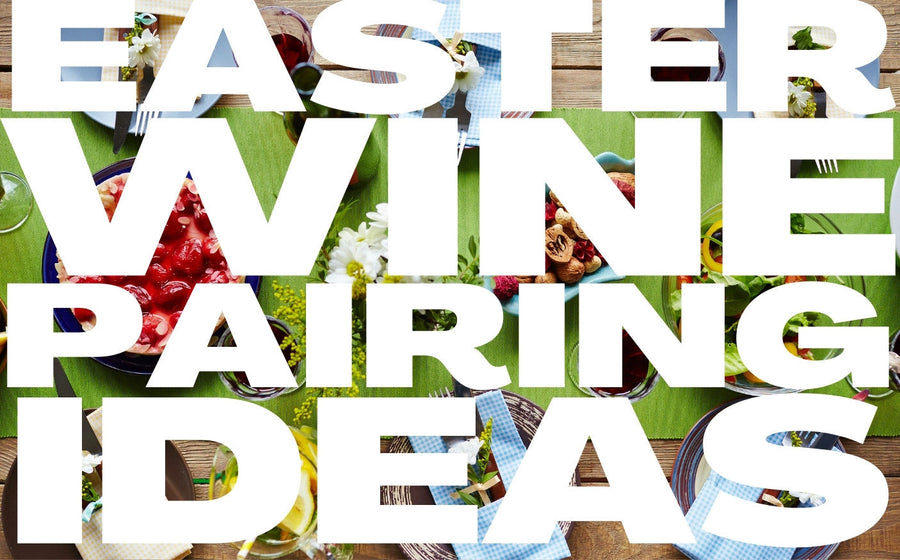
Easter Wine Pairings That Won't Disappoint Easter is hopping our way, and whether you're hosting an elegant brunch or a family feast, the right wine can transform your gathering from merely memorabl...
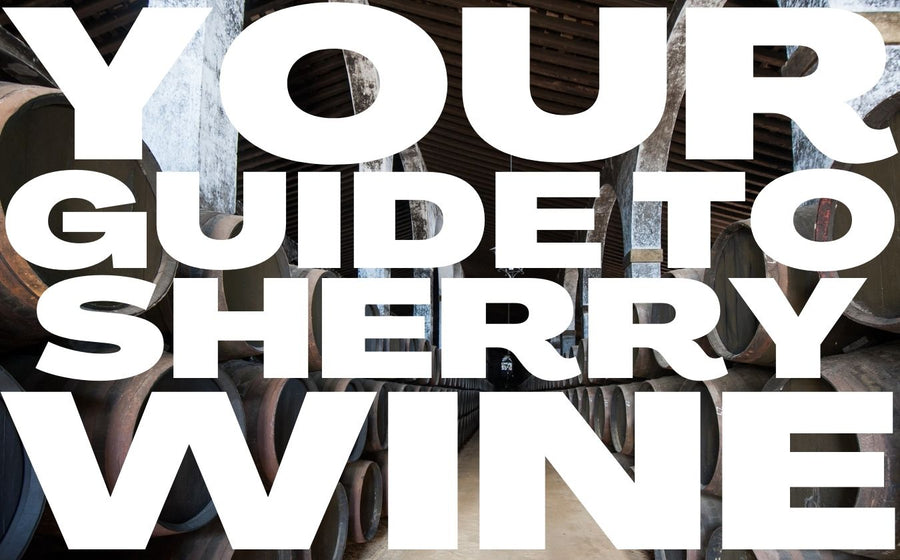
Explore Sherry: Spain's Ancient Fortified Treasure Source: Consejo Regulador de los Vinos de Jerez y Manzanilla. If you are trying to get an excellent academic understanding of Sherry, its various styl...
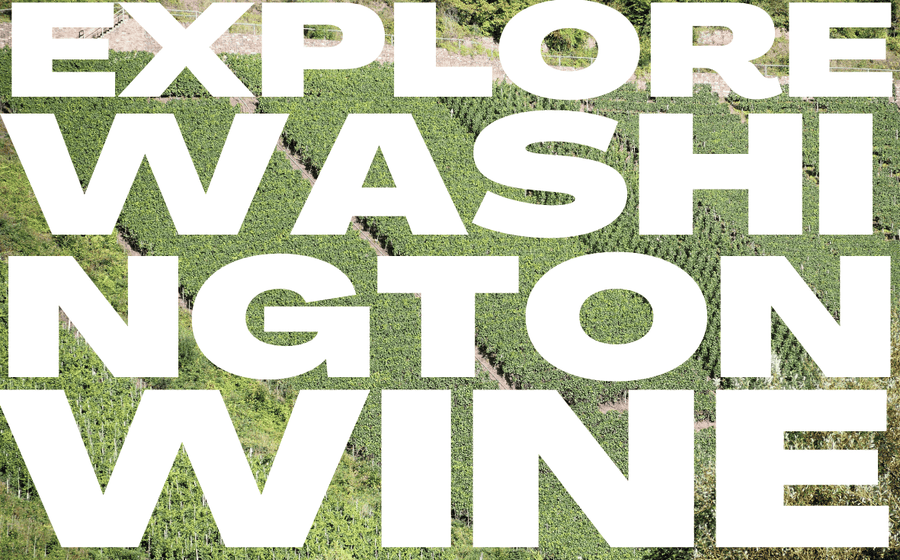
Explore Washington State Wine Source: Washington State Wine Commission. If you are trying to get an excellent academic understanding of Washington State, its various wine regions, and its role within t...


